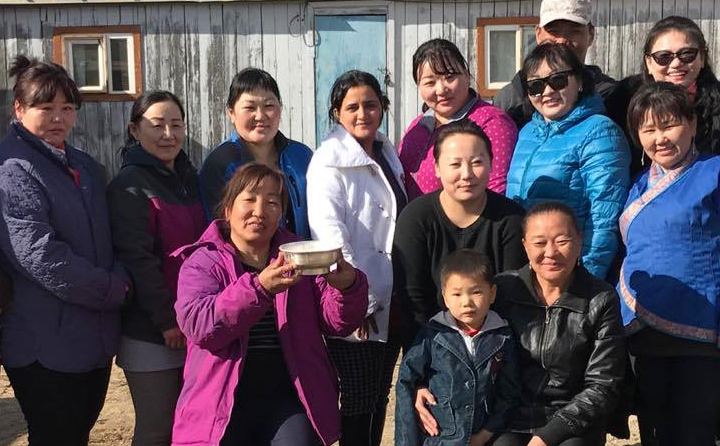Reducing the Threat of Toxic Chemical Pollution
Project Overview
Pollution is the largest environmental cause of death in the world. The goal of the project was to assist governments and communities heavily impacted by toxic pollution in poor countries to take locally led action at the community, regional and/or national level to mitigate health exposures by breaking pollution exposure pathways, preventing future toxic emissions, and mainstreaming this information to cultivate broad interest in pollution issues.
Pure Earth worked with USAID in two key areas:
- Toxic Sites Identification Program (TSIP)
- Reducing Childhood Lead Exposures
Visit pollution.org to explore an interactive map of global pollution.
Reducing Childhood Lead Exposures
A new understanding of the scope and scale of childhood lead poisoning is emerging. Today, we know that approximately one million people die annually from exposures to lead, that death rates from lead are increasing across many low- and middle-income countries, and that informal and substandard recycling of lead-acid batteries (which are used in vehicles) is a major source of exposures.
Globally, 1 in 3 children is poisoned by lead. In children, lead can affect nearly every system in a young developing body, in particular the brain and nervous system, with devastating and sometimes permanent health consequences. Lead is a potent neurotoxin. It causes lower intellectual capacity, neurological damage, and cardiovascular disease, amongst other problems. Children impacted by lead cannot develop to their full potential physically and mentally.
USAID recognized the severity of the problem and became an early supporter of Pure Earth’s work on global lead poisoning prevention. USAID’s work with Pure Earth focused on preventing childhood lead poisoning in low-and middle-income countries, with efforts that include research, community education, blood lead testing and monitoring, identification of lead contaminated communities, and lead remediation project design.
Objectives
USAID’s work with Pure Earth aimed to consolidate knowledge on lead, particularly from informal used lead-acid battery recycling activities, and from contaminated spices, and work towards coordinated national strategies that focus on preventing childhood lead poisoning in order to protect children’s health and potential.
Activities and Results
Bangladesh
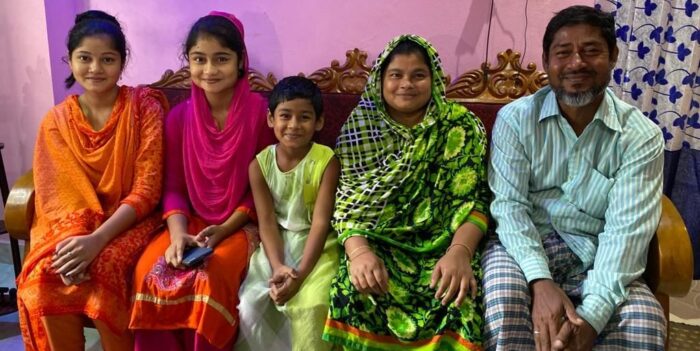
Reducing children’s blood lead levels in Kathgora, Bangladesh
With the support of USAID, Pure Earth and the Department of Geology of the University of Dhaka reduced exposures to lead for 300 residents, including 90 children, in the village of Kathgora. The project, which removed contaminated lead soil and dust from residential yards and homes, led to a 42% reduction in average blood lead levels among children tested, and is believed to be the first of its kind in the country. The reduction in BLLs in response to the lead remediation efforts has been submitted to a peer-reviewed journal.
- Bangladesh – Global Lead Program
- Bangladesh, Kathgora – Project Page
- A Mother’s Story: Hope in Kathgora, Bangladesh
- Children’s Lead Levels Fall 42% Following Cleanup in Kathgora, Bangladesh
Colombia
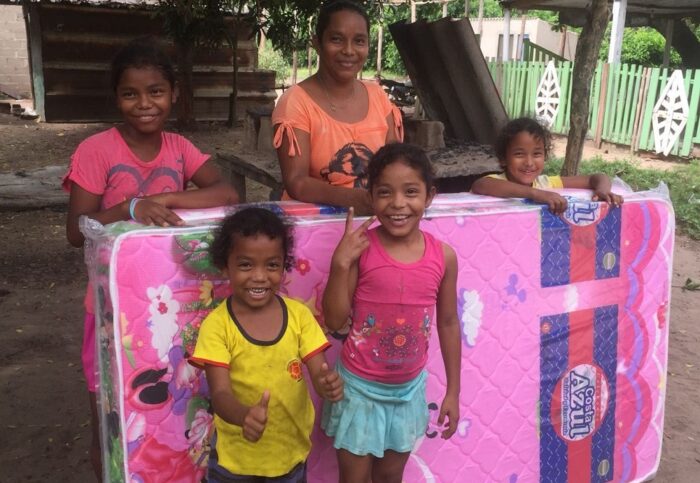
Pilot Cleanup and Educational Outreach in Colombia
In March 2017, investigators from the Toxic Sites Identification Program found high lead concentrations near a number of abandoned foundries in Malambo, Colombia, in an area that included homes and an elementary school. The USAID/Pure Earth cleanup resulted in a significant reduction in the average blood lead level of the total child population from 20.47 μg/dL to 14.01 μg/dL from 2017 to 2018, with further reductions recorded in 2019. The project also included a robust community outreach effort that included the production and distribution of a comic book to teach children how to protect themselves, along with puppet shows, songs and games.
During follow-up work, the team discovered that some children were sleeping on mattresses contaminated with high levels of lead from years of pollution in the community. As a result, contaminated mattresses of about 50 children with the highest blood lead levels were replaced with clean mattresses
- Malambo, Colombia – Project Page
- From The Pollution Blog: Helping Children Break Free of Lead Poisoning in Malambo, Colombia
- The Pollution Blog: A Clean, Lead-Free Mattress For His Birthday
- From The Pollution Blog: More Children Can Now Sleep Safely With Lead-Free Mattresses
India
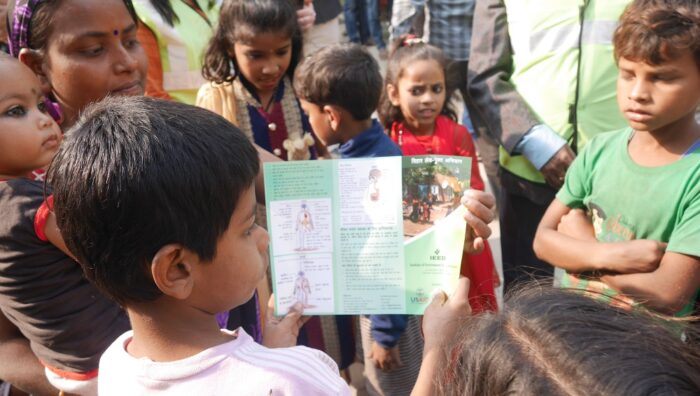
Lead cleanup and community outreach in Patna, India
Pure Earth and USAID collaborated with local partners and community leaders in Karmalichak, Patna, in Bihar state, to identify toxic sites, confirm the level of contamination and risk to residents, plan the cleanup, train workers, and conduct community outreach.
The project concluded with a community event organized by local partner, the Institute of Environment and Eco-Development (IEED), which was attended by almost every resident in town. Residents learned about deadly lead poisoning, the cleanup in their community, and how to protect themselves.
Watch the video: Solving lead pollution, protecting school children – Karmalichak, India
Childhood lead Exposure and source identification study in India
India faces significant challenges regarding pollution resulting from the informal and substandard manufacturing and recycling of used lead-acid batteries. The State of Bihar is a hub for such activities. With support from USAID, Pure Earth has identified over 130 sites in Bihar that are contaminated with lead, almost all of which relate to lead-acid batteries. However, a recent remediation project at a contaminated battery manufacturing site in Bihar resulted in relatively modest reductions in children’s blood lead levels, indicating that other sources of lead were also driving exposures. To better understand and address high blood lead levels in Bihar State and across India, Pure Earth conducted a lead source identification study around the city of Patna, Bihar State. This is the first known lead source identification study in India.
A total of 136 children under the age of six participated in the study. Analysis of data is currently taking place and when competed, major findings will be published in a peer-reviewed journal. The data will be used to generate and disseminate public health recommendations for local governments.
Philippines
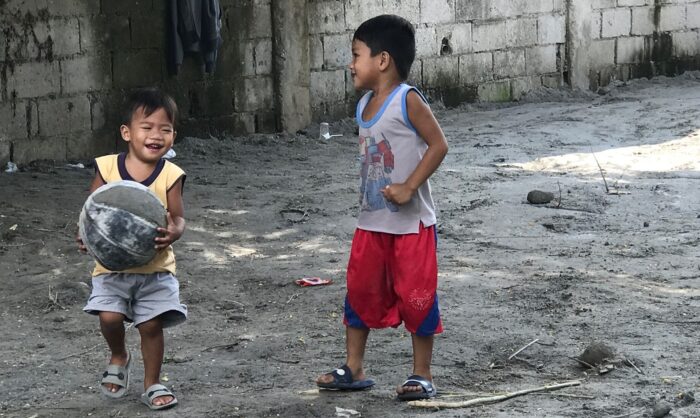
Lead Remediation in the Philippines
In 2017, work began to reduce lead exposure from a lead smelter in San Simon, Pampanga, in the Philippines. Blood testing of residents showed that 100% of children had blood lead levels greater than 20 μg/dL. Homes located near the smelter, in an area that was once used to recycle used lead-acid batteries, along with a nearby storage warehouse, had become a “lead zone,” where dangerously contaminated soil was present. Smelter workers and their families were being exposed to lead more than 250 times higher than the standard maximum levels.
Following discussions with the community and the local government, a plan was developed that involved capping contaminated soil with clean soil. In addition, a six-foot-tall wall was built to separate the residential area from the lead smelter area. Homes were then cleaned. A series of education and outreach activities were designed for parents, health practitioners, children, and smelter workers in the area to inform them about the dangers of lead exposure and how to protect themselves.
- Philippines – Project Page
- Keeping Two-Year-Old Dexter and His Friends Safe From Lead Poisoning in Pampanga, Philippines
Additional Resources
- Global Lead Program page
- The Toxic Truth Report
- Protecting Every Child’s Potential
- Fact Sheet: The Global Burden of Disease from Lead Pollution
- Video: Why is the informal recycling of used lead-acid batteries a leading cause of lead poisoning?


